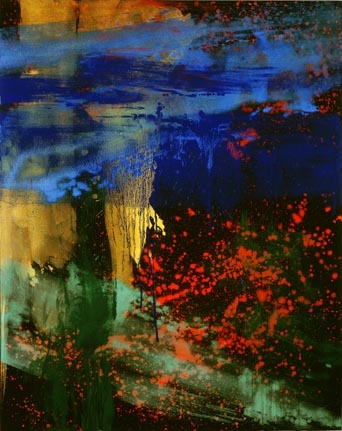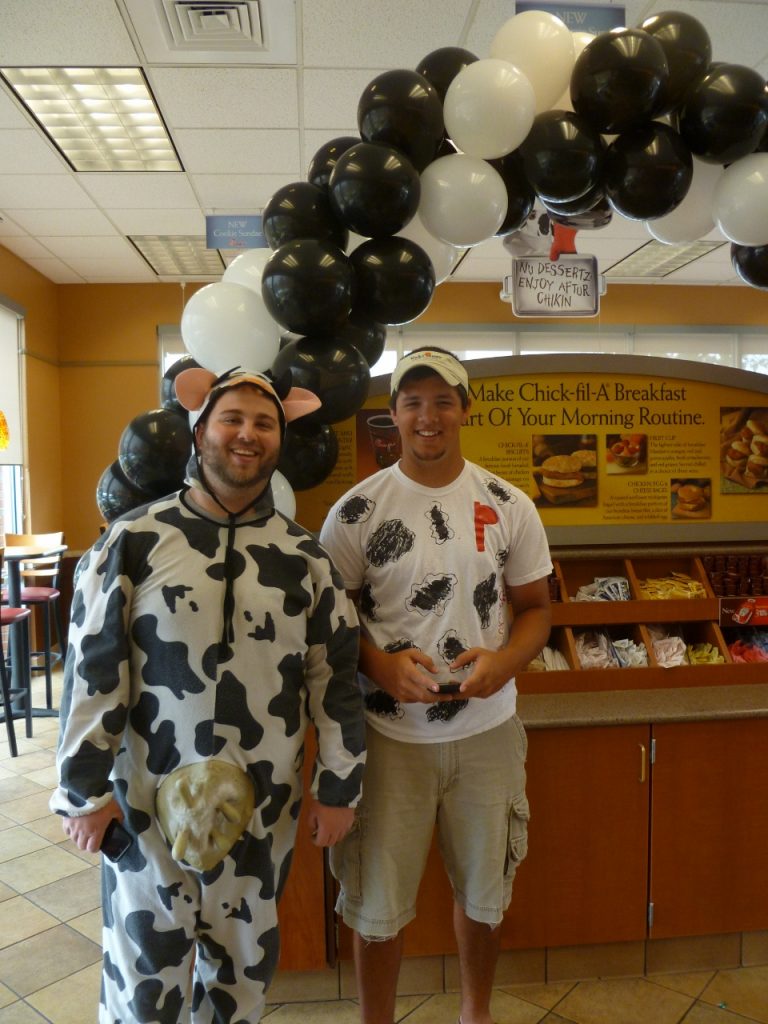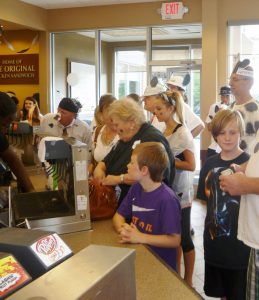On 9-11 artist Makoto Fujimura had to evacuate his home and studio located a scarce three blocks from the smoking rubble of the World Trade Center. When he was allowed to return he opened his studio doors to be a place of community, consolation and healing for local “ground zero” artists.
On Wednesday, Nov 4th you are invited to an Evening Conversation with Makoto Fujimura at the Columbia Museum of Art. Free admission. Reservation required. Presented by The Trinity Forum. Details here.

Charis Kairos (The Tears of Christ) from The Four Holy Gospels, courtesy of Crossway
Just weeks after severe flooding, in the midst of our rebuilding, Mako will speak in Columbia, SC. Out of his post-9-11 conversations Mako brings a timely and timeless message of hope: “In the midst of fear, in the midst of material and emotional scarcity, in the midst of the world’s collapsing idols, we can draw on the Giver / Artist, and let His creative Spirit spill over into a hurting world.”
Mako’s work has been exhibited in museums and galleries around the world. From 2003-2009 he served as a Presidential appointee to the National Council on the Arts.
Schooled in the ancient Japanese art of “Nihonga,” he creates his paints out of ground minerals and applies them on the canvass in layers of translucent washes. The richness of ground malachite, lapiz, vermillian as well as gold and silver, both in powder and foil, offer tribute to the richness of his subjects.
In this painting, Charis Kairos: The Tears of Christ, Mako begins with a black background representing the sorrow and brokenness of existence. Two large pillared washes of gold and sprinkles of vermillion evoke the splendor of the presence of God and the shed blood of his Son.
Across the entire width of the canvas the azurite-washed tears of Christ flow and spill down into the black and, with generative power, the green malachite wash below. Here “love and sorrow meet,” sacrificial blood is spilled and new life grows.
Reflecting on this work, Mako writes,
 No woman I know wants to look unattractive. As fall ushers in sweater weather, we’re in the stores seeking styles and colors that make us feel good. For many of us that means finding clothes that are new and trendy. (Long cardigans!) Or comfortable. (Joggers for millions who never jog!) Or even beautiful, although beautiful is more elusive.
No woman I know wants to look unattractive. As fall ushers in sweater weather, we’re in the stores seeking styles and colors that make us feel good. For many of us that means finding clothes that are new and trendy. (Long cardigans!) Or comfortable. (Joggers for millions who never jog!) Or even beautiful, although beautiful is more elusive.



